- Established 1982 -HOME: www.hiltonpond.org
THIS WEEK at HILTON POND Subscribe for free to our award-winning nature newsletter (Back to Preceding Week; on to Next Week) |
A LOCALLY SCARCE WARBLER, Close to dusk on 08 September 2021 at Hilton Pond Center we were preparing to stop banding for the day when we noticed a small bird in the mist net closest to our garden fountain. It appeared to be a warbler—an immature and/or one in fall plumage—but in dim evening light in the tree-shrouded net lane it was difficult to make out distinguishing characteristics needed for positive identification. (Poor light also made it hard to get a sharp photo; an on-camera flash, tripod, and steady hand saved the day, below.)
All text, maps, charts & photos © Hilton Pond Center So let’s work through the field marks, just as we did that evening:
All text, maps, charts & photos © Hilton Pond Center Does that help? How about if we disclose that in good light we finally could see hints of chestnut streaking on the bird’s back. Still don’t know? Well, this was only the 40th of this bird’s species banded at Hilton Pond since 1982, and the first since 2007. Of those 40 bandings, 38 of them came in 1996 or earlier—‘way back when our 11 acres were much more open and, in fact, included grassy, shrubby areas that were quite prairie-like. And there you have it: This not-so-confusing fall warbler was an immature Prairie Warbler of undetermined sex, and we were very glad to see one after all these years. They may have nested locally when the entire area around us was farmland, but this individual was likely a pass-through migrant on its way to South Florida, Cuba, or the Caribbean islands. All text, maps, charts & photos © Hilton Pond Center POKEWEED BENEFITS
All text, maps, charts & photos © Hilton Pond Center When the distinctive purple from pokeweed berries (above) stains the hands of the bander (photo below), you can rest assured Swainson's Thrushes have begun to arrive at Hilton Pond Center from their breeding grounds to the north. (Can you tell the berry juice passes right through digestive tracts of these birds?) Gray Catbirds are really good about this, too, as are several other fruit-nibbling species. We did get our first Swainson's Thrush of the fall on 10 September 2021.
All text, maps, charts & photos © Hilton Pond Center Incidentally, although many gardeners despise American Pokeweed, Phytolacca americana, it really is an EXCELLENT bird attractant. Everyone should have a couple of these robust perennial plants in the yard to fuel fall migrants. Just don't hang out white sheets and clothing to dry on the line--unless you want tie-dyed originals, that is. (HINT You might also wish to keep light-colored cars in the garage until the pokeweed berry supply is all used up!)
All text, maps, charts & photos © Hilton Pond Center Three days after the bander's fingers were anointed purple by the first Swainson's Thrush, we captured a trio of immature male Summer Tanagers (SUTA) that also had been dining on the Center's abundant crop of pokeweed berries. One of the SUTA apparently had a real penchant for these dark, succulent fruits; not only were his bill and gape purplish but his normally white tongue had taken on a bright bubblegum-pink hue (see photo above). The same kinds of pigments that stained his tongue will allow his current yellow feathers to be replaced by crimson feathers as he molts into adult plumage during coming months in the Neotropics.
All text, maps, charts & photos © Hilton Pond Center It's interesting all parts of American Pokeweed are toxic to humans but birds--including the immature Red-eyed Vireo above--seek out the fruits with impunity as an excellent source of energy-rich carbohydrates. Even so, pokeberries do seem to loosen up avian bowels a bit--one reason we never-ever-never hold a bird over our banding table or data sheets during the banding process. We're also always careful to aim the bird's nether regions away from our pristine white Operation RubyThroat T-shirts! All text, maps, charts & photos © Hilton Pond Center BOX TURTLE RENDEZVOUS On the morning of 14 September 2021 we were behind the old farmhouse at Hilton Pond Center, setting up with camera and tripod so we could take hand-held photos of birds we had just captured. As we looked down between shots we realized an Eastern Box Turtle, Terrapene carolina, was lumbering in our direction, seemingly unperturbed by our presence. As we stopped our photo work and swapped the macro lens for a longer one the turtle continued his approach, giving us opportunity to focus on him instead.
All text, maps, charts & photos © Hilton Pond Center This individual has the brightest color of any of the half-dozen or so adult box turtles that reside around the property, and we recognized him immediately because of his unique shell markings. (Carapace decorations are as distinctive for turtles as fingerprints are for humans.) His bright red eyes indicate he is a male; in this species females' irises are usually brown or yellow. We suspect this male is much older than 40 years--he's been here ever since we arrived in 1982--and theoretically could even be approaching the century mark known for captive specimens. (It's likely wild, free-roaming individuals only make it to the half-century mark.) We're not sure if he recognized us or perceived us as non-threatening, but he stopped only briefly with head out and left hind leg extended before resuming his slow-motion stroll through the grass. Most other local box turtles draw in their appendages and freeze when we encounter them along the trails. All text, maps, charts & photos © Hilton Pond Center BIRD BANDING SNAPSHOTS Here are a few photos of avian species banded during the second week in September 2021 at Hilton Pond Center:
All text, maps, charts & photos © Hilton Pond Center Lately we've been watching a couple of Brown-headed Nuthatches (BHNU, above) at the Center's big sunflower seed feeder. They make about 60 visits per hour--each time grabbing just one seed. Then they disappear, likely eating few seeds but caching many in back crevices and other hiding places. Some of these will be found by other enterprising birds, and some will never be seen again. BHNU were relatively common around Hilton Pond before a neighboring farmer clear-cut 60 acres of mature Loblolly Pines in the mid-1990s; even so, counting the one this week we've banded only 54 of them in 40 years.
All text, maps, charts & photos © Hilton Pond Center Of the 34 "eastern" Wood Warblers captured at Hilton Pond since 1982, the second most common have been American Redstarts (AMRE) with 582 banded. These have been exceeded only by Yellow-rumped (Myrtle) Warblers at 2,339 (and are followed by 442 Magnolia Warblers). AMRE are scarce breeders in South Carolina, and we've only caught a few adult males like the one above; the majority have been adult females or young birds with greenish-gray body feathers and yellow flanks and tail spots. (Interestingly, unlike most warbler species that are much more abundant at the Center during autumn migration, redstarts are split exactly 50-50 between spring and fall bandings.)
All text, maps, charts & photos © Hilton Pond Center Of the two waterthrushes--Northern (NOWA) and Louisiana--the former is far more common at Hilton Pond Center (346 banded), even though the latter (59 banded) breeds locally. These species are quite similar in appearance, although NOWA (shown above) typically has a buffy eye line and streaking on its throat. As their name suggests, Northern Waterthrushes nest primarily in New England and across Canada into Alaska, while their cousins are restricted to the eastern half of the U.S. south of Canada.
All text, maps, charts & photos © Hilton Pond Center On our Operation RubyThroat study sites among Costa Rican Chayote squash plantations, the most common species is not Ruby-throated Hummingbirds but Tennessee Warblers (TEWA, above). This bird breeds across Canada in boreal forests where it uses its thin bill to glean caterpillars and other invertebrates from tree leaves and needles. In the Neotropics TEWA transition to nectarivores, piercing flowers without pollinating them. (Abundant nectar-laden Chayote blossoms that are open and flat are even easier to feed from.) Tennessee Warblers migrate north from Central America in late March and after breeding depart Canada by late August. They appear to overfly Hilton Pond Center in spring; every one of the 101 TEWA banded here has been in fall migration!
All text, maps, charts & photos © Hilton Pond Center Historically the last week of August and first two weeks of September comprise the most productive period during Hilton Pond Center's banding season for Ruby-throated Hummingbirds (RTHU, immature male, above). The current year (2021) was no exception: Of 230 RTHU banded so far, 78 (34%) were banded during those 21 days. As anticipated, hummers captured in the span were overwhelmingly youngsters, with no adult males, four adult females, and 74 hatch-year (40 males, 34 females). We have a hunch most of these late summer captures are pass-through migrants on their way to the Neotropics from sites further north, although some could have dispersed from nearby nesting locales. All text, maps, charts & photos © Hilton Pond Center Don't forget to scroll down for lists of all birds banded and recaptured during the week. HILTON POND SUNSETS "Never trust a person too lazy to get up for sunrise
All text, maps, charts & photos © Hilton Pond Center Sunset over Hilton Pond (above), 09 September 2021
All text, maps, charts & photos © Hilton Pond Center Sunset over Hilton Pond (above), 11 September 2021 Photoshop image post-processing for this page employs
Checks also can be sent to Hilton Pond Center at: All contributions are tax-deductible on your Don't forget to scroll down for Nature Notes & Photos, |
|---|
|
"This Week at Hilton Pond" is written and photographed by Dr. Bill Hilton Jr., executive director of Hilton Pond Center for Piedmont Natural History
|
|
|
Please refer "This Week at Hilton Pond" to others by clicking on this button: |
|

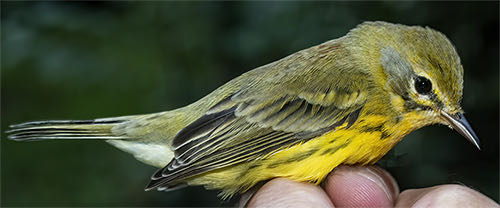
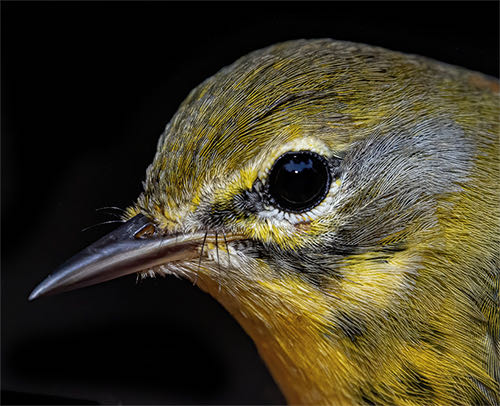
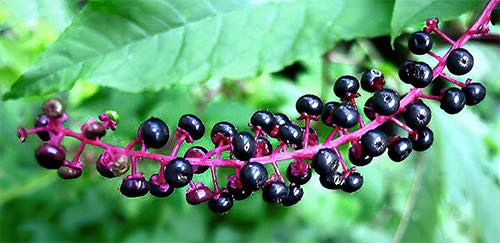
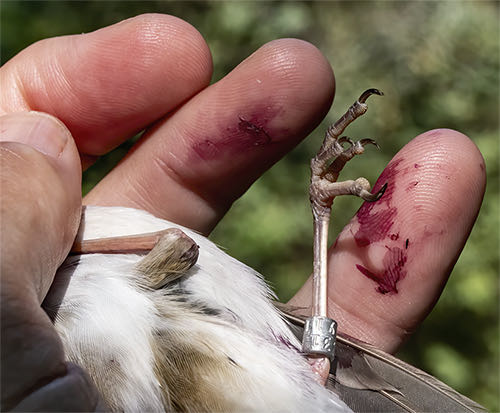
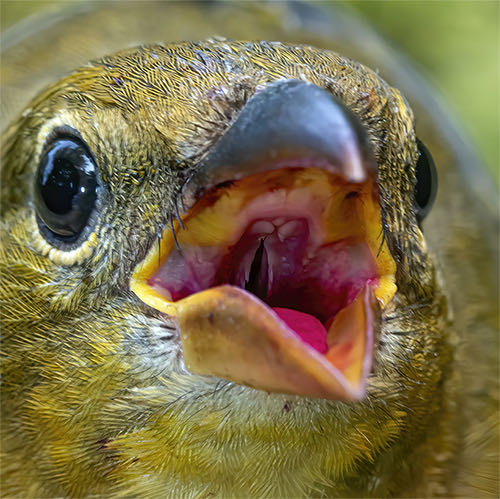
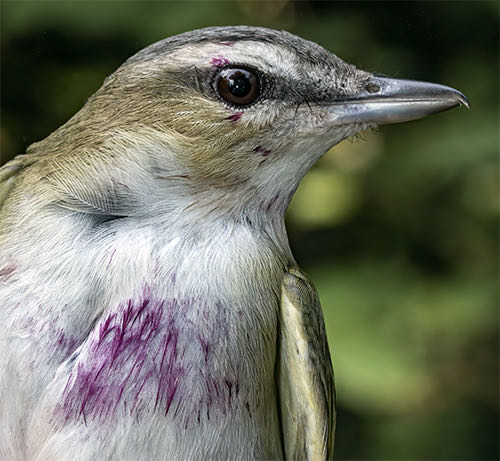
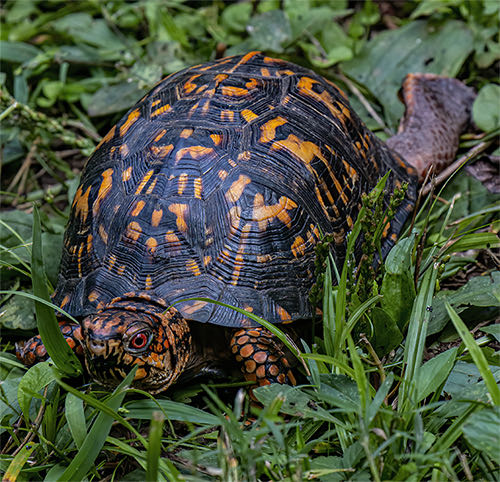



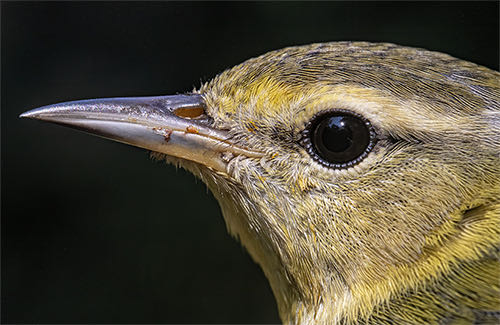
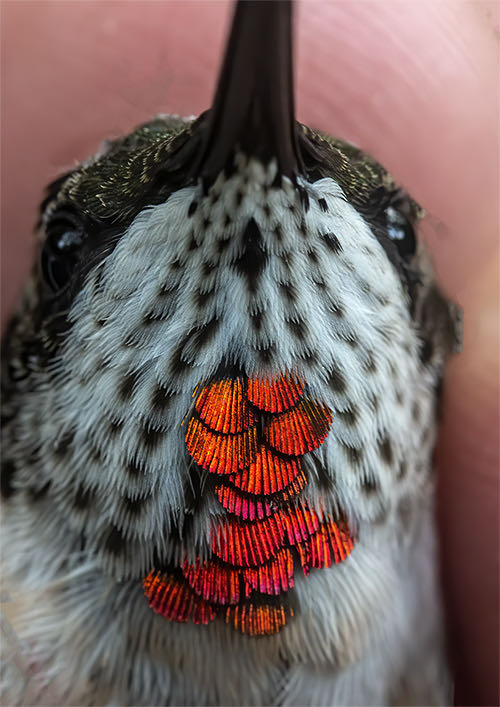
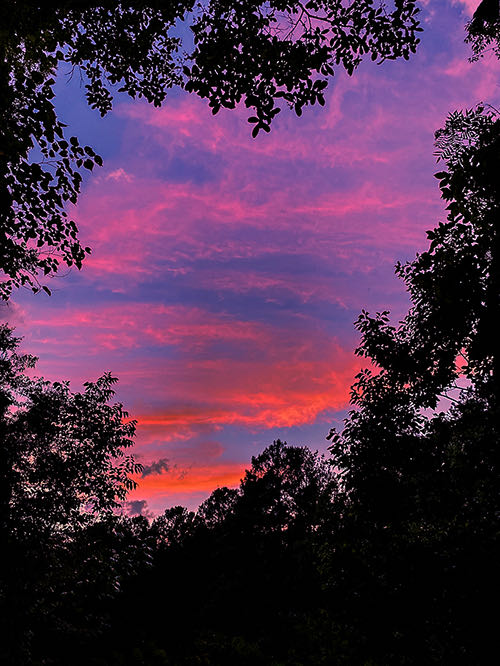






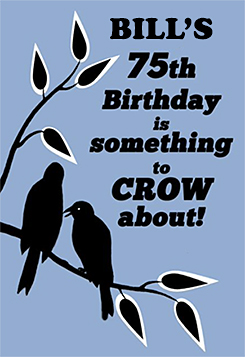





 Please report your spring, summer &
Please report your spring, summer &